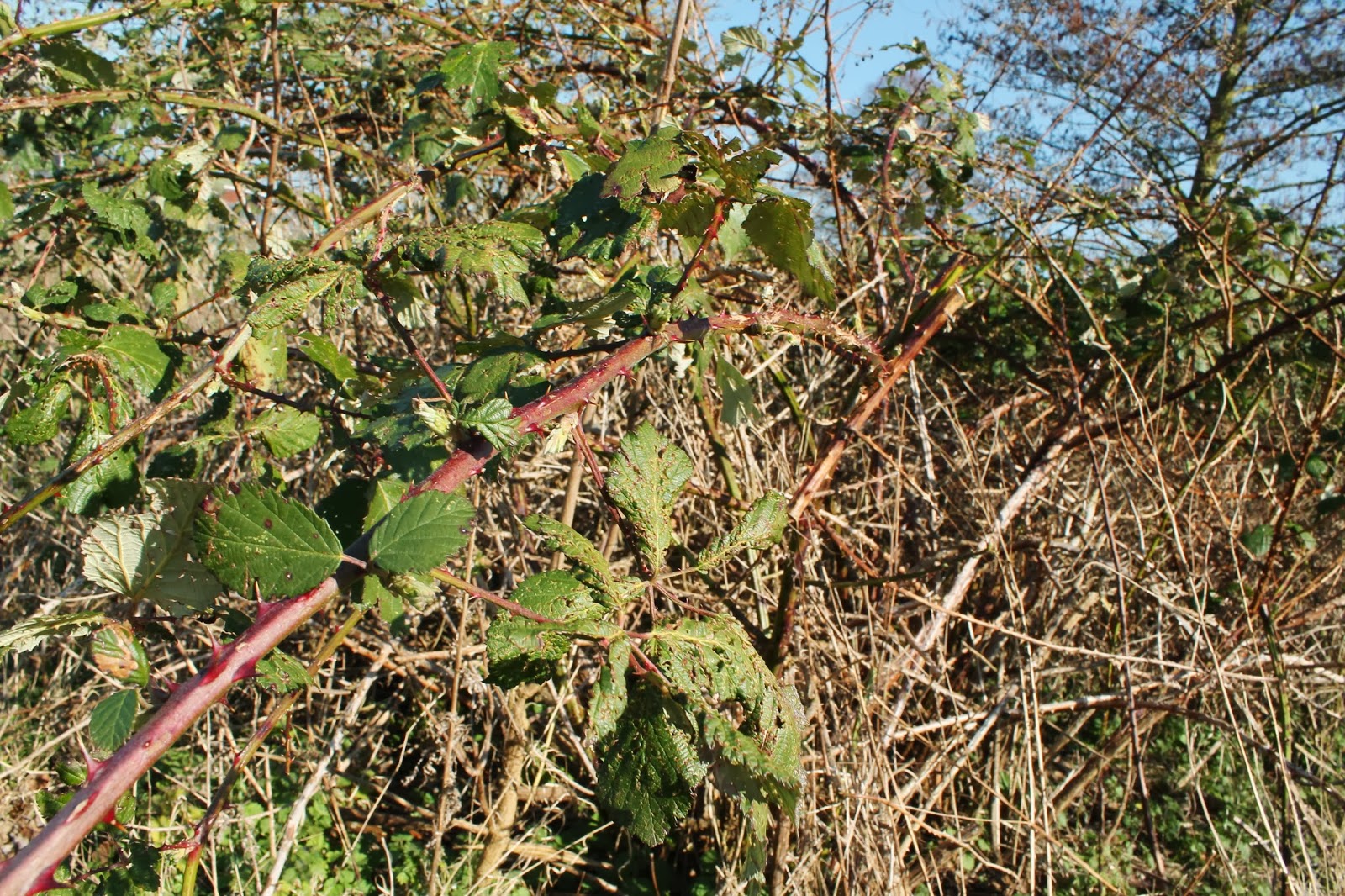This hornbeam is located near the lake in Plattfields Park. It is a large tree that can grow upto 30m tall. Native to Britain occurring in pure stands in some woodlands and hedgerows and widely planted as a specimen tree in parks. High tolerance to heavy clay soils and also widely coppiced.
The bark is silvery grey with deep fissures lower down and occasional dark bands. The bark often becomes gnarled and twisted forming interesting patterns.
Branches are densely packed, ascending and twisted, creating a recognisable outline in winter holding greyish-brown, partly hairy twigs.
Male catkins grow to 5cm long. They are yellowish green with red outer scales. The fruits occur in clusters of winged nutlets upto 14cm long usually consisting of 8 pairs of small hard cased nuts with a 3 pointed papery wing. The tough seeds provide food for the Hawfinch which is the only britsh bird able to crack into them.
Hornbeams can also be used as ornamental Shrubs as used here outside the Business School on All Saints Campus. It is being used aesthetically as a continuation of the benches.
The leaves are oval and pointed with a rounded base, short petiole and double toothed margin. They have 15 pairs of veins and hairy on the underside. Leaves turn a beautiful yellow in autumn, turning orangey-brown before dropping. Trees planted in hedgerows will retain leaves long into winter.



















































